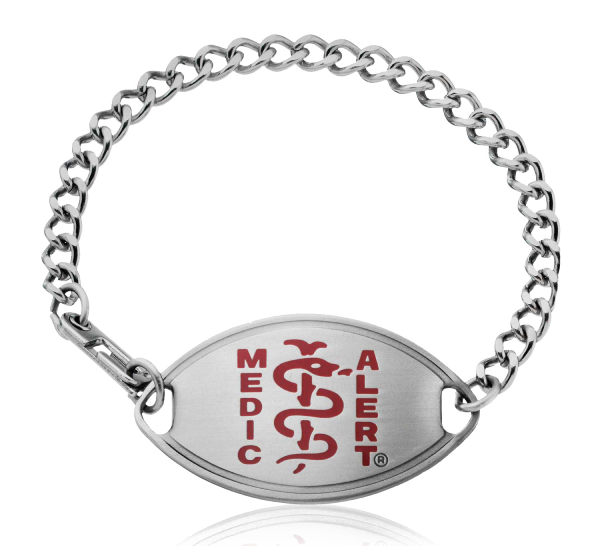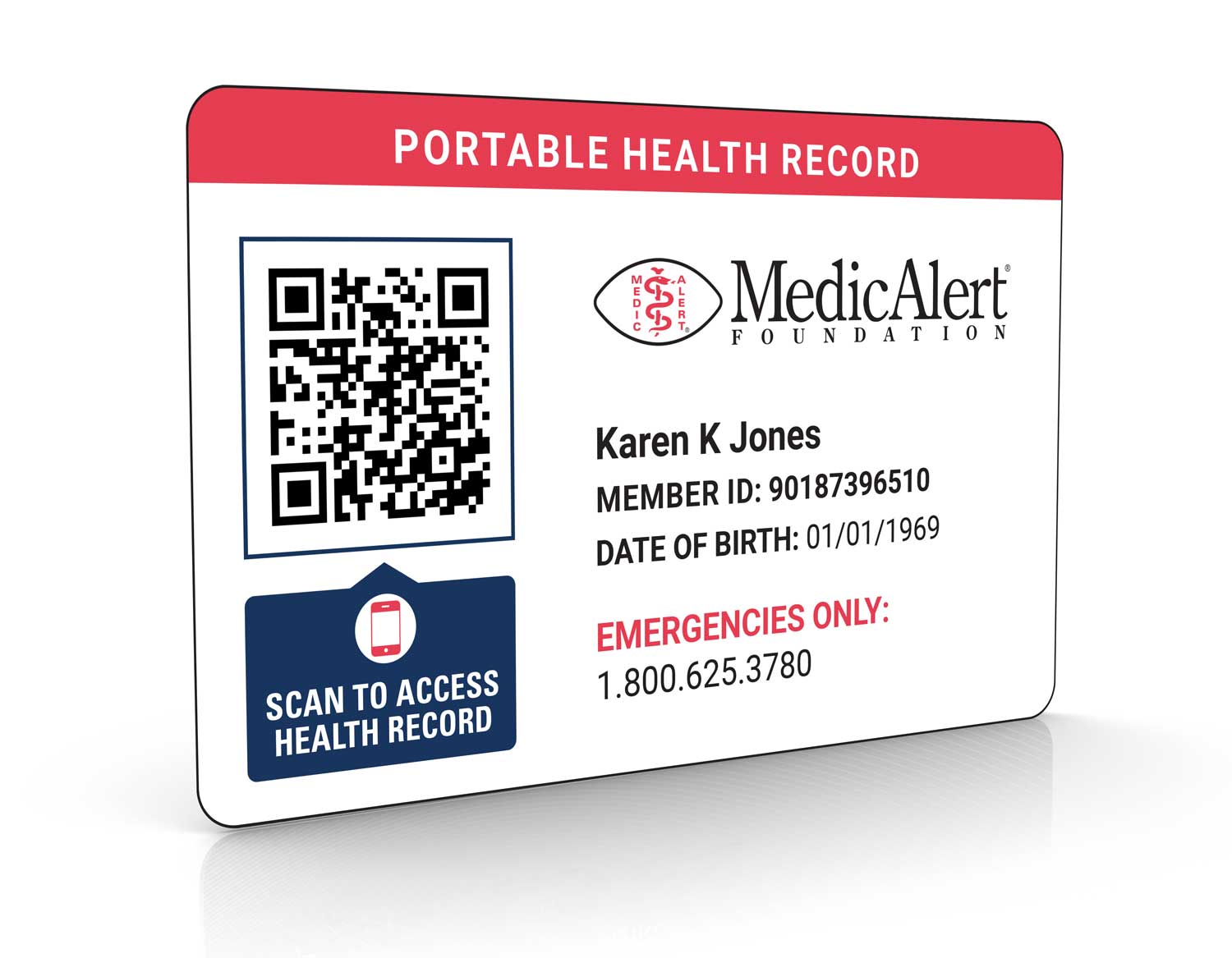
How to Start Exercising with a Medical Condition
Meet Laura: How Fitness Helps Manage Her Type 2 Diabetes
Laura Spadaro is 52 years old, and has been living with type 2 diabetes since she was twelve. Laura says, “Exercise is essential as a diabetic. It keeps my heart healthy, my blood sugars leveled, and my weight in check. But most importantly, it keeps me mentally strong so I can effectively manage my insulin therapy.”
As a diabetic, Laura wears her MedicAlert ID every day — but especially when she runs. If she sustains an injury while running, a Good Samaritan or first responder can access her MedicAlert ID, which communicates her condition and individual care needs even if Laura can’t speak for herself.
Maintaining a healthy mind is as important as gaining physical strength when living with a chronic condition. Harvard Health reports that exercise that elevates your heart rate will increase blood flow to your brain. In turn, that boosts your memory and thinking skills, reduces insulin resistance, and tames inflammation.

“Even more exciting is the finding that engaging in a program of regular exercise of moderate intensity over six months or a year is associated with an increase in the volume of selected brain regions,” says Dr. McGinnis, instructor of neurology at Harvard Medical School. So you actually can expand your brain through exercise!
Start Slow, Build Consistency
Start with these five easy steps:
Safety First
Safety is important, so consult your physician before you begin any exercise regime. Work around any physical challenges associated with your condition and choose an activity that will empower you to sustain a daily exercise program.
Enjoy Yourself
Choose an activity that you genuinely enjoy and keeps you motivated—it’s the key to staying consistent. Walking is a great starting point: it’s low-impact, accessible, and completely free.
Interested in mixing things up? Many local gyms and studios offer free trials or discounted intro packages. Don’t overlook your local library either—many host fitness and wellness classes at little to no cost, giving you even more affordable options to explore what fits you best.
Slow & Steady
Don’t overwhelm yourself with committing to exercise every day. Commit to two days a week for 10 minutes. After you feel comfortable and the physical activity gets easier, increase the amount of time and days you exercise.
Get a Medical ID
A MedicAlert ID such as a bracelet, necklace, Smart ID Card or shoe tag can give you peace of mind when you start an exercise regime. If anything happpens to you, your ID and MedicAlert’s 24/7 emergency response team will quickly communicate critical information from your health profile to ensure you get prompt and effective care.
Support is Important
Getting started is hard but finding a friend who can join you will make it easier! An accountability buddy will be supportive for both of you. Also, surround yourself with loved ones and friends that encourage and support your healthy living goals.

Take a step toward a healthier you.
Exercise has many benefits, beyond just strength and endurance. It will strengthen your core to help with balance and increase your body’s ability to absorb the impact of a fall. But most importantly, it will keep you mentally strong and help alleviate the stresses of living with a chronic condition.
Ready to take the first step toward a healthier you? Learn more about how a MedicAlert ID can keep you safe and confident on your fitness journey.
Live confidently with MedicAlert

MedicAlert Membership
24/7 Protection
MedicAlert Member Benefits
Enjoy life-saving benefits and store your comprehensive health history for emergency treatment.

Wearable Medical IDs
for Any Condition
Wearable MedicAlert IDs
A medical ID communicates vital medical information to first responders so you can receive the care you need.

QR Code IDs
Scannable Medical IDs
QR Code Digital IDs
Perfect for people with multiple conditions and complicated histories.